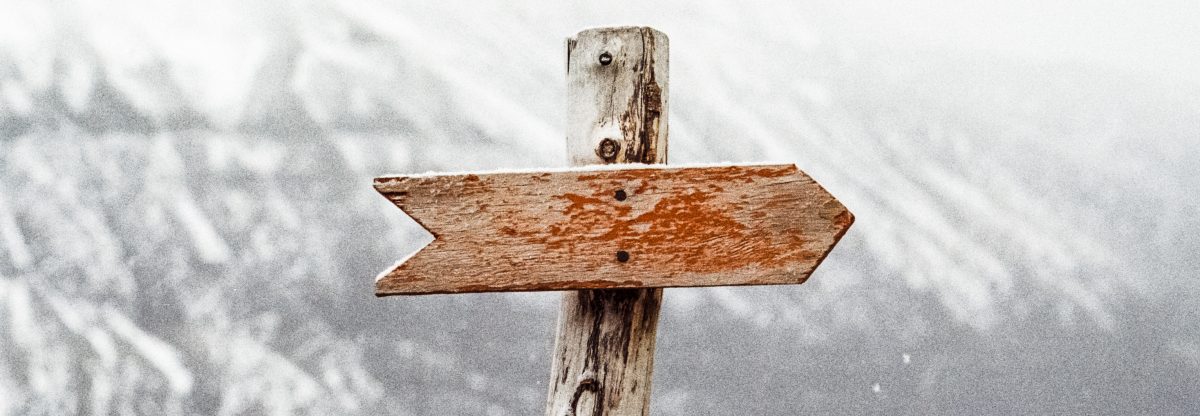I preached this sermon on Sunday, March 3, 2024 at St. Anne Episcopal Church, West Chester, OH. The lectionary texts cited are Exodus 20:1-17 and John 2:13-22.
I am a big fan of the ballet—some of you know that I worked for the Nevada Ballet for a number of years before seminary. Behind the scenes, though—I was never a graceful dancer!
Working there, I saw a lot of ballets over the years. And one of those, in 2013, was a touring centennial performance of The Rite of Spring, an infamous ballet first performed in Paris in 1913.
Now if the thought of ballet makes you feel bored or sleepy, stay with me—because The Rite of Spring was not (and still is not) what anyone thinks of when they think of ballet. There is no dancing on pointe, no tutus. The music is not pretty. The whole work—the score by Stravinsky and the choreography by Vaslav Nijinsky, is harsh and unsettling. The ballet portrays a fictional ritual dance done by pre-Christian Russian peasants, where a Spring Maiden is selected and ultimately dances herself to death as a sort of sacrificial offering. Cinderella it is not.
When I saw in on tour, I felt a little overwhelmed and disturbed by the whole thing. But back in 1913, when it premiered, the audience lost it. It touched some strange nerve deep within them. People started screaming at the stage and throwing things at the orchestra, and then they started shouting at one another and starting fights, and the police had to be called in, even as the dancers and the music kept going.
Critics called the performance “barbaric” and “in complete opposition to the traditions of classical ballet,” without realizing that this was, in fact, the entire point. The Rite of Spring was meant to be challenging, to point to something wild and uncontrollable that lay pulsating beneath the benignly oppressive surface of our social and political structures. It was an artistic premonition of sorts for a society that was, in 1913, already on the precipice of its own tumble into war-torn barbarity.
The Rite of Spring was only performed a few times, and after World War I, the music survived but the ballet was considered lost. The choreographer had suffered a mental breakdown, and nobody else seemed to have preserved the dance notations. Perhaps some felt it was best left forgotten anyway. Too raw, this dance, too zealous, too much a reminder of things that people would rather forget.
It wasn’t until the 1980s, when a copy of the those dance notes was found tucked away in the cupboard, that the ballet was brought back to life, to shock and unsettle and invigorate new audiences, including me.
We rely so much on the notes we take down. Notes of information, notes of music, notes on a dance—they are what help us perpetuate ephemeral, fleeting encounters with truth, including the unsettling truth, so that future generations can know what it felt like to see what we have seen, to feel what we have felt, and in so doing, to rediscover something about themselves.
It’s the same reason, here, that we sing the old hymns, pray the old prayers, and, above all, hear the old readings, year after year, even the ones that challenge us—for they, too, are something like notes on a dance—a very old dance, indeed, one even more elemental and uncontrolled than The Rite of Spring. A dance that, in today’s readings, begins like this:
Then God spoke all these words: I am the Lord your God, who brought you out of the land of Egypt, out of the house of slavery. You shall have no other gods before me.
I know, we don’t tend to think of the Ten Commandments as a series of dance steps. Maybe that sounds a bit absurd. The Ten Commandments are weighty things in our cultural imagination—words carved into stone tablets, all the “thou shalt nots,” words of stony solemnity, words thrown like stones at the unworthy: immovable, fixed, and cold.
But what if the Ten Commandments were not meant to be rigid and heavy at all? What if these notes, given to Moses from amidst the wild, dancing, fire-lit darkness atop Mt. Sinai, are in fact something quite different, quite dynamic?
Because we must remember that God gives the Ten Commandments to Israel while they are in the middle of their wilderness journey—out where there are no courts or palaces or temples. They are notes given to a group of lean, hungry dreamers, the salt of the Red Sea still clinging to their skin, the impassive judgments of Pharaoh weighing on their memories.
But God speaks to them and says, I am the Lord your God, who brought you out of the land of Egypt. I am not Pharaoh. I have brought you out not so that you might be crushed under the heaviness of another oppressive system, but so that you might LIVE with me. So that you might DANCE with me.
I, the Lord your God, I am the artist and you are my beloved work! Understand: I have guided you through the raging, dancing waters of the sea, under the pirouetting pillars of cloud and fire and now, my children, I am giving you notes on this dance. I am teaching you, in ten steps, how to keep dancing.
These commandments I give you are not a stone around your neck, they are the choreography of your liberation, so that you and your descendants might never again be bound by the forces that oppress and constrain. I give you these commandments, these notes, so that the dance will never be lost, so that it will keep going, so that you will teach it to the rest of the world.
It’s funny, though. Even with the best notes, the interpretation can get a bit muddled after a while. And maybe the the power of those ten commandments, the wilderness intimacy upon which they were founded, became dulled by the passage of the years, such that people began to forget it was ever a dance at all.
Which makes Jesus’ entry into the Temple, his big show of flipping of tables and driving out the livestock so very interesting. What was his purpose in doing this? Was he staging a protest against the system? Was he simply angry in the moment?
We could interpret it in many ways, and people do, of course, but to me there has always been something of the artist about Jesus in this moment—something visionary and deliberate and creative in his action, his all-consuming zeal. It is performative, not in the hollow sense, but in the sense that he is showing those around him how to perform—how move in a way that is expressive of a deep and fundamental truth. Sort of like…a dance.
And I imagine that some of Jesus’ critics said that he was being barbaric, that he was in complete opposition to the traditions of classical temple procedure—and they were right. But that was, perhaps, the point. Perhaps it was was meant to be challenging, meant to point to something wild and uncontrollable that lay pulsating beneath the benign surface of the Temple’s social and political structures. Perhaps it was the rite of a new spring about to blossom, and a new sacrifice, too.
The Son has returned to his Father’s house, and in the turning of the tables and the whip of cords he is saying: I, the Lord your God, I am the artist and you are my beloved work! Have you forgotten the steps? Have you forgotten that I long to be close to you, close as two partners dancing under the stars, close like we were in the wilderness, when I first taught you the choreography of liberation?
And now I am here, in the flesh, for a revival, to turn these tables over like I once made chariots somersault into the sea, and I do this to save you from forgetfulness, because ultimately this is what you were made for: Not to be the bearers of oppressive regulations as cold and heavy as stone, but to be dancers of a dance as alive and free as the God who made you.
What would our faith look like, what would our church look like, what would our world look like, if we realized that this is what God desired of us? That all of the Commandments and the codes and the practices and the liturgies we follow were designed to help us respond to the deep, elemental music of the earth, and to move in harmony with it? What does it look like for us to respond to that music here at St. Anne?
What steps would we make together? What small gods would we relinquish? What tables might we overturn?
Because here’s the thing: just as it was on Sinai, just as it was in the Temple, just as it was when the audience came undone during The Rite of Spring: there is something deep and fierce and strange and beautiful pulsating just under the surface of things, and it is true, and it is alive, and it is God, and he will never be content to let us forget. He is always emerging, the artist with his notes, to remind us who he is, and who we are, and what we are supposed to do.
Our decision is simply this:
Shall we dance?


